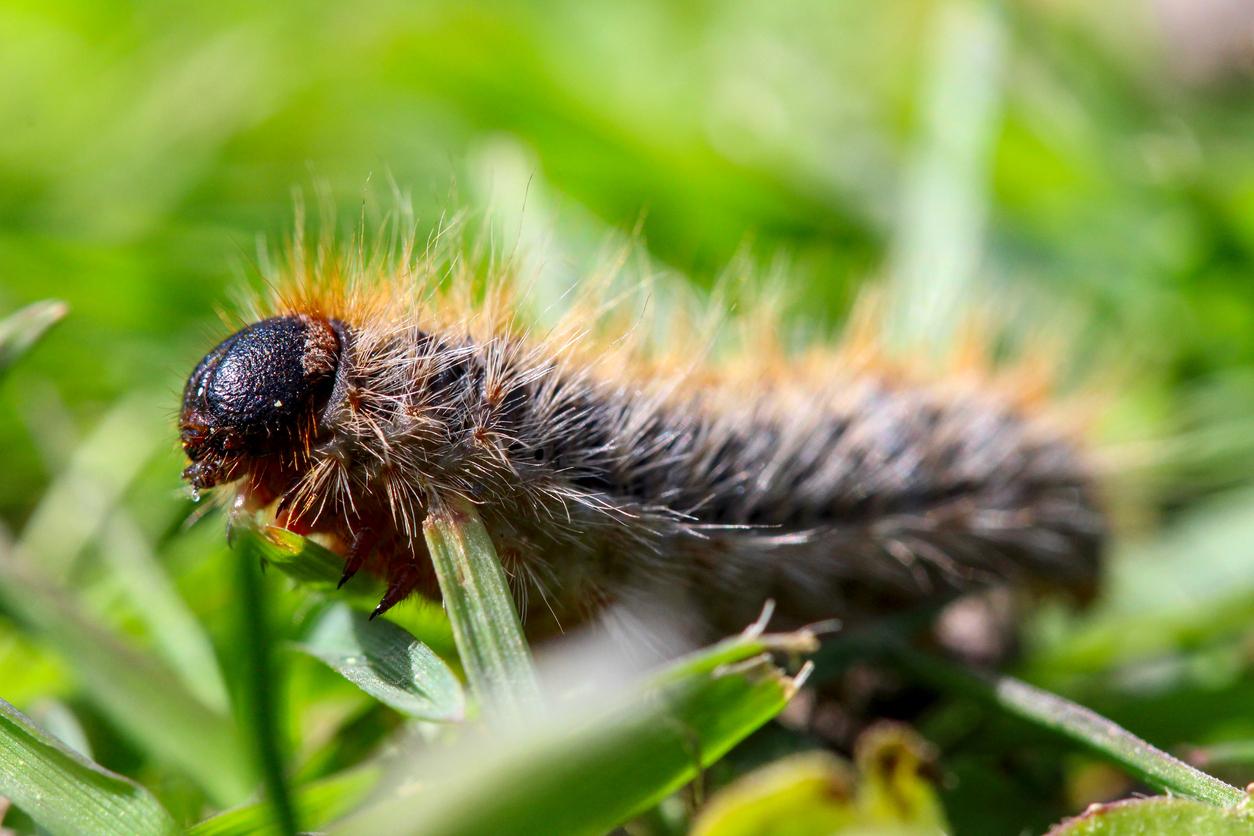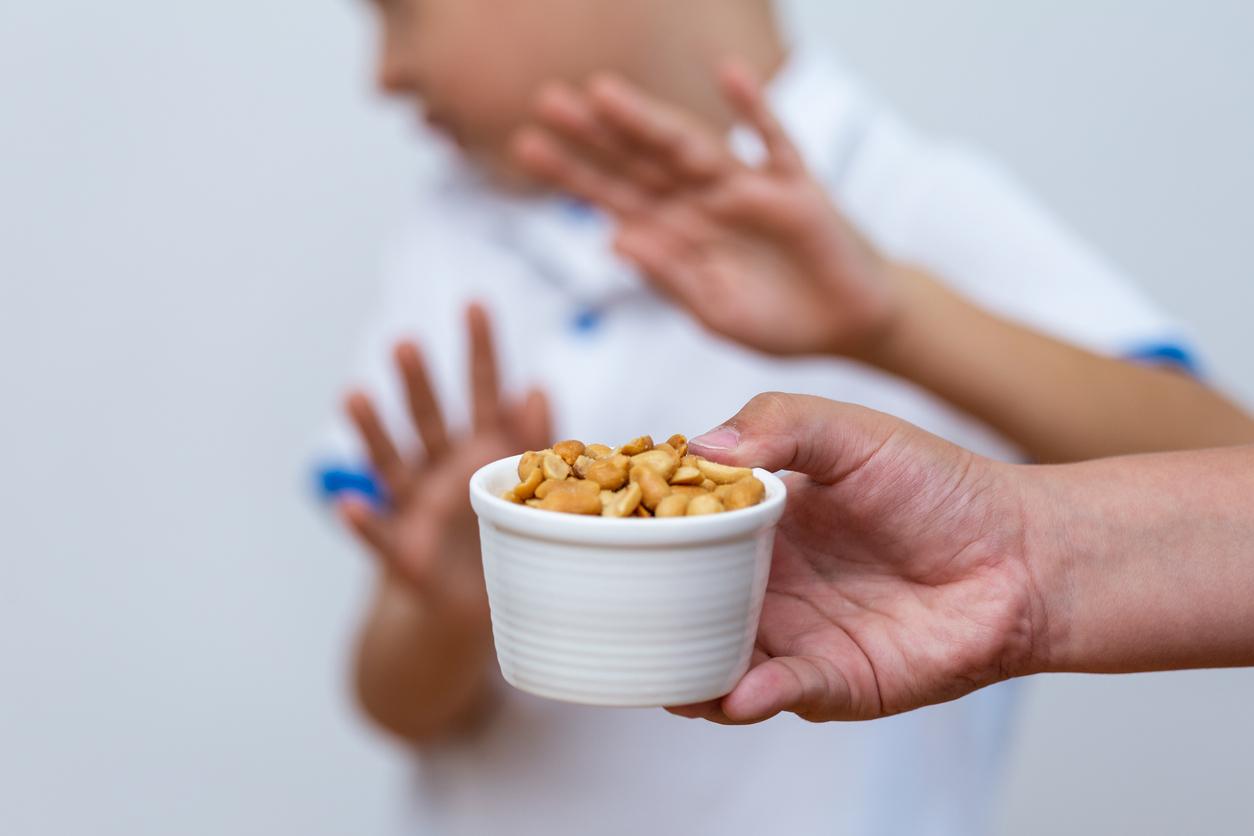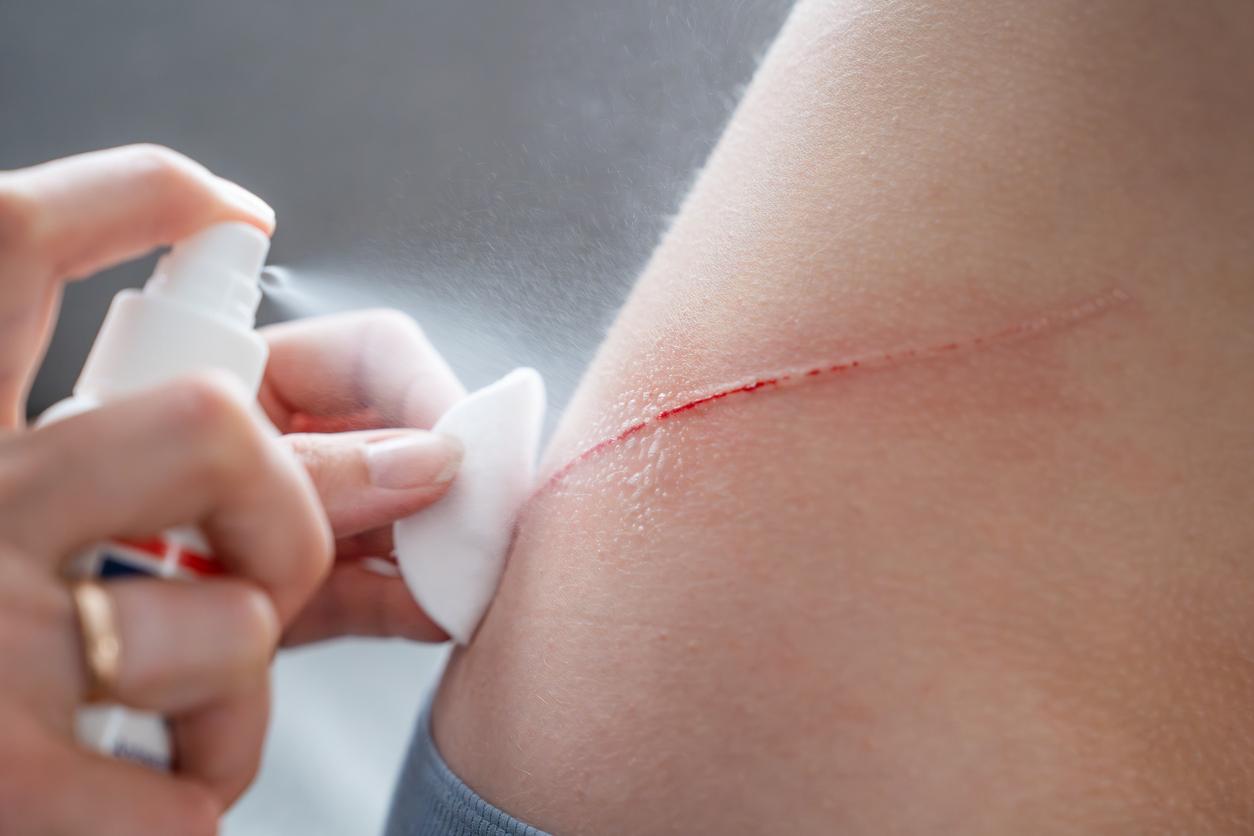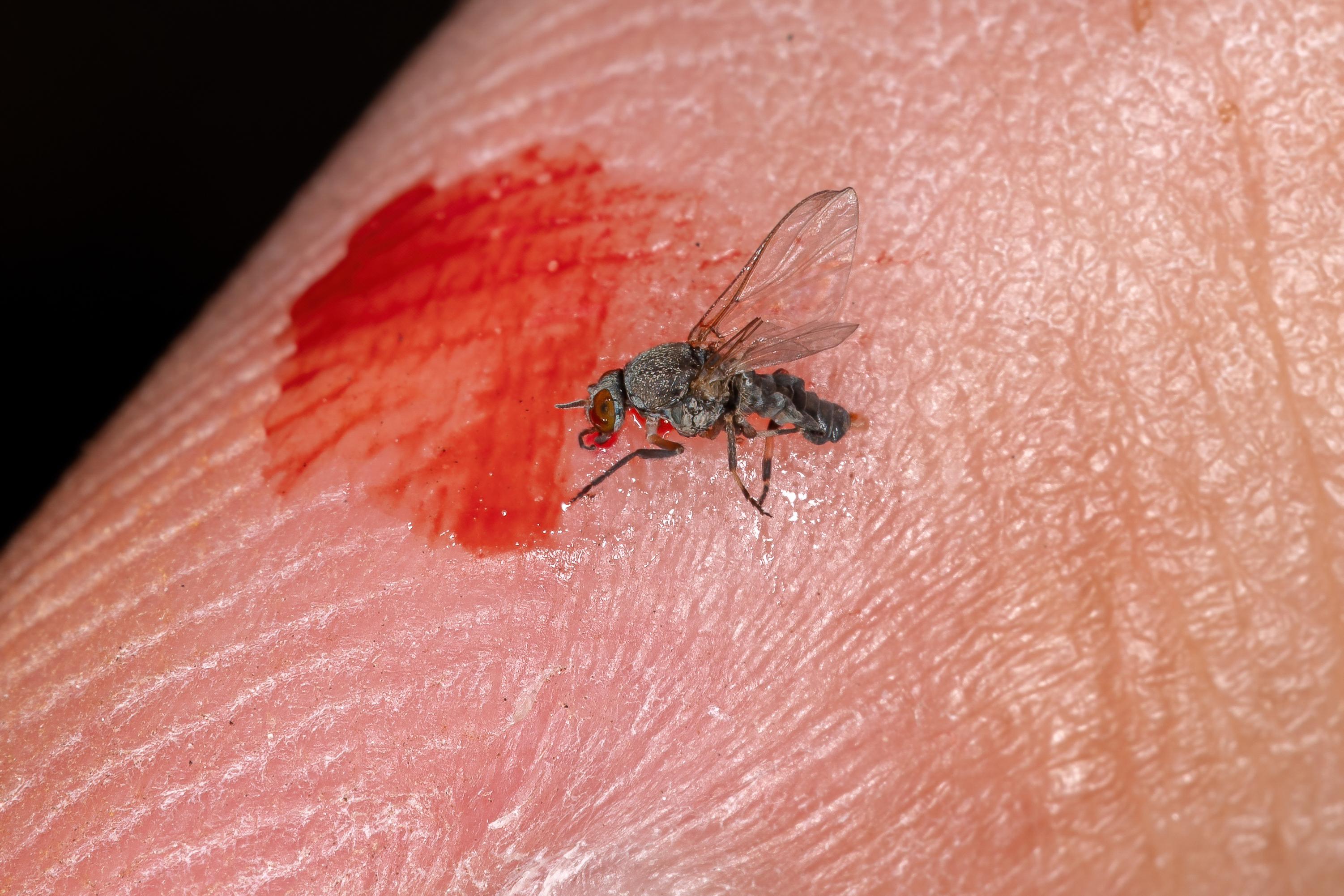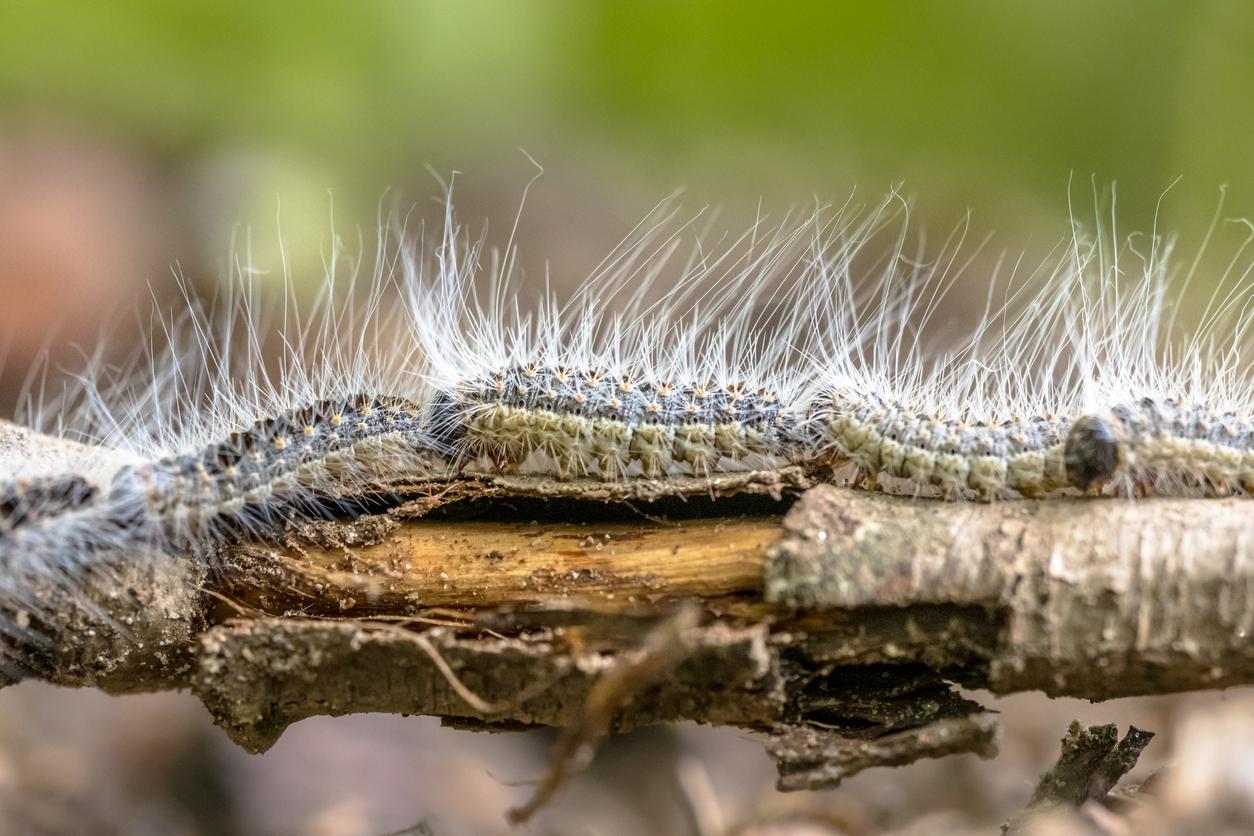Classified among the species “harmful to human health” by a recent decree, the processionary caterpillars will now have to be the subject of measures on the part of the prefectures to avoid any contact with children, adults and animals.

- If processionary caterpillars are so dangerous, it is because of a protein located in microscopic hairs that appear in the 3rd larval stage (late April, early May).
- These hairs remain stinging up to 2 to 3 years after their appearance whether they are in the nest, deposited by moulting or have been “dropped” by the caterpillar which feels attacked or which has been crushed
Since the beginning of spring, processionary caterpillars have resumed their quarters in parks and forests where there are pines and oaks, causing both walkers and their dogs strong stinging reactions, which can prove fatal in these animals.
Faced with the extent and severity of the symptoms that can be caused by these insects native to the Mediterranean, a decree published on April 27 has just classified two subspecies, the oak processionary caterpillar (Thaumetopoea processionea) and that of pine (Thaumetopoea pityocampa), as harmful to human health. This means that from now on, the prefects will have the obligation to take measures to deal with risk areas.
84 French departments out of 96 affected
Because the threat posed by the processionary caterpillar extends a little more each year under the effect of global warming: it has progressed by about four kilometers per year over the past ten years. Processionary caterpillar species are now present in at least 84 of the 96 departments in metropolitan France. According to the National Agency for Food, Environmental and Occupational Health Safety, 1,274 people were affected between January 2012 and December 2019.
Their nuisance usually begins in April, when the eggs laid at the end of the previous summer hatch. Processionary caterpillars then build silky nests on the trunks of trees or branches, where they live in colonies. They come out at the end of the day, in procession, to feed on the leaves of the tree.
While the oak processionary caterpillar only moves accidentally on the ground, its pine colonizing cousin is often on the ground, where it descends in procession in March to pupate.
Risks to human and dog health
In both cases, these caterpillars cause very strong allergies, conjunctivitis, itching and irritation of the respiratory tract. In the most serious cases, contact with processionaries can cause anaphylactic shock and edema which requires medical attention.
In our pets, the bites of processionary caterpillars can prove fatal, by causing a necrosis of the tongue which prevents them from feeding.
This is why it is essential to avoid any direct contact with the caterpillars and their nest, and to keep children and animals away from nearby. You can also inquire at your town hall: some localities take charge of the destruction of processionary caterpillar nests. Otherwise there are companies specializing in this type of intervention.
In any case, in the event of exposure, it is strongly recommended not to rub your eyes. If in doubt after a walk in the forest, take a lukewarm shower and change your clothes, and don’t wait to consult your doctor or veterinarian in the event of a strong allergic reaction.










